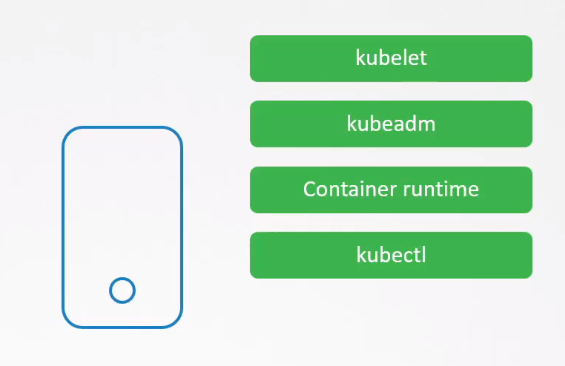All-Things-Docker-and-Kubernetes
Remove Obsolete Packages and Services
Remove Unwanted Packages
Minimize attack surface and potential vulnerabilities by removing unnecessary packages and services from Kubernetes nodes.
Steps:
-
Install only Required Packages Make sure the only required software is installed.

- Identify Obsolete Packages
- Use package management tools (e.g.,
apt,yum) to list installed packages. - Identify packages that are no longer needed.
- Use package management tools (e.g.,
- Remove Obsolete Packages
- Uninstall obsolete packages using package management tools.
- For Debian/Ubuntu:
sudo apt-get autoremove - For Red Hat/CentOS:
sudo yum autoremove
- For Debian/Ubuntu:
- Uninstall obsolete packages using package management tools.
- Audit and Disable Unnecessary Services
- Identify running services using tools like
systemctl. - Disable and stop services not required in a Kubernetes environment.
sudo systemctl stop <service-name> sudo systemctl disable <service-name>
- Identify running services using tools like
- Review and Adjust systemd Units
- Review existing systemd unit files (
/etc/systemd/system/). - Disable and mask unnecessary units.
sudo systemctl mask <unit-name>
- Review existing systemd unit files (
- Check for Legacy Configuration Files
- Look for obsolete or unused configuration files.
- Remove or archive unnecessary configurations.
- Reboot Nodes (If Needed)
- Some changes may require a system reboot to take effect.
- Plan and coordinate reboots for minimal disruption.
Caution:
- Be cautious when removing packages and disabling services; ensure they are genuinely obsolete.
- Document changes and consider testing in a controlled environment before applying to production.
- Regularly review and update the system to maintain security best practices.
Remove Unwanted Services
Similar to packages, make sure that only the required services are running in the system.
To list all services installed in the system:
systemctl list-units --type service
If a service is not needed, stop it and disable.
systemctl stop <service-name>
systemctl disable <service-name>
After stopping, remove it as well.
apt remove <service-name>